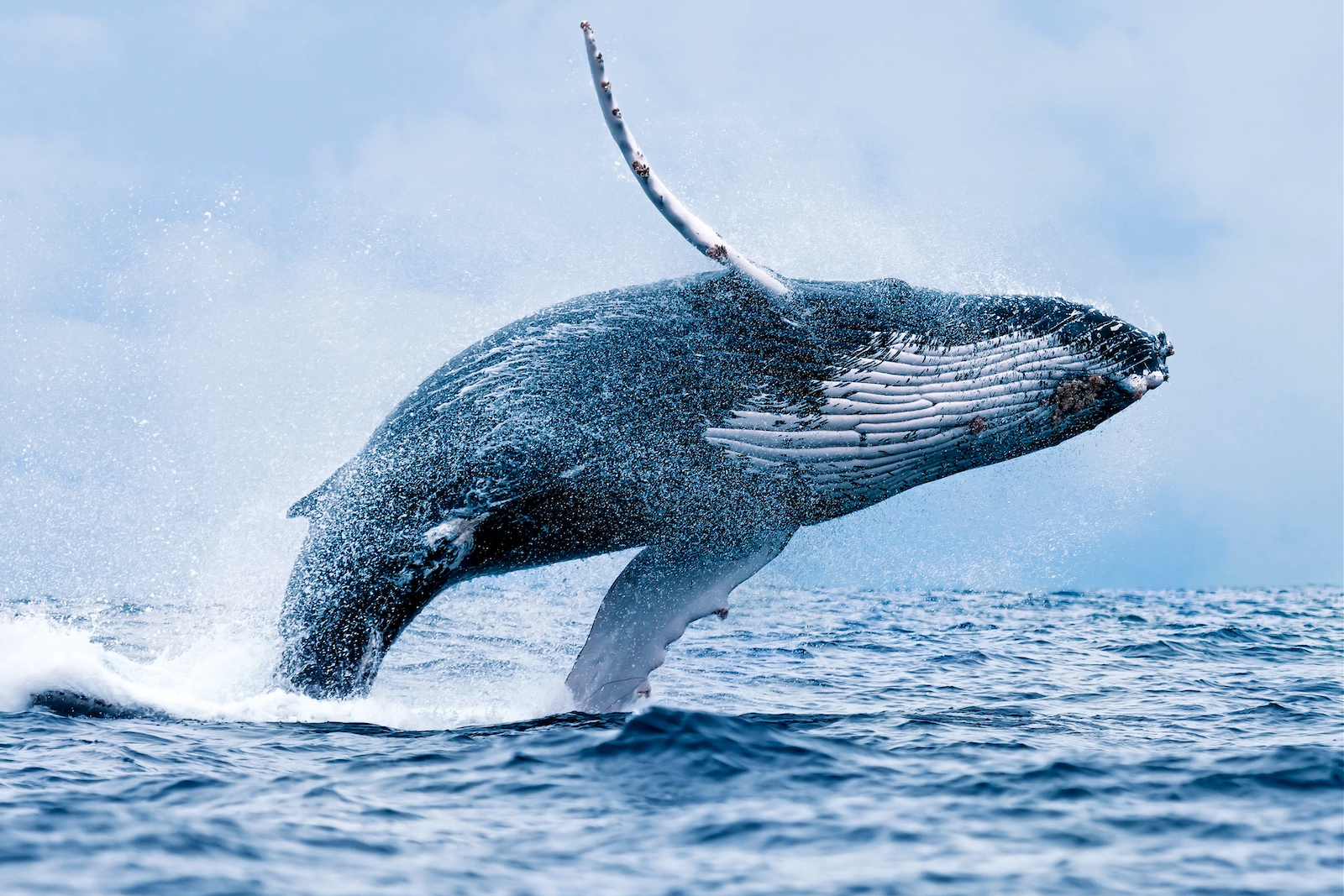
Science
Eco-Camouflage and the Fossil Fuel Lobby: The War against Wind Farms
The fossil fuel lobby has had a busy year on the eco-camouflage front. Earlier this year, interest started to rumble and rage against the stranding of humpback whales on the East Coast of the United States. Suddenly, opponents of wind turbine technology – and renewable technology more broadly – had identified an invaluable, if tenuous nexus: a link between whale mortality and offshore wind farms.
One true enthusiast for the proposition proved to be Donald Trump. Speaking at a rally in South Carolina in September, for example, the Republican presidential front runner suggested that these “windmills” were driving whales “crazy,” inflicting death in such numbers that they were washing up on shore “on a weekly basis.”
Such technology is the subject of frenzied study, and it would be remiss not to mention that various environmental concerns have been raised. These are often specific to their intended locales. One need only consult recent work commissioned by the Bureau of Ocean Energy Management, an adjunct of the U.S. Department of the Interior, to appreciate the complexity of the field. The report from the National Academies of Sciences, Engineering, and Medicine concerned the Nantucket Shoals region, an area of complex hydrodynamics and ecology. The authors acknowledged that large turbines of the size planned for the region had not, as yet, been built in U.S. waters, and would therefore require extensive modeling on oceanographic effects, notably on zooplankton populations upon which whales feed.

Rob Deaville of the Zoological Society of London’s Cetacean Strandings Investigation Programme also admits that disruptions to marine wildlife can take place in the construction phase of wind farms given the presence of percussive noise. Animals such as porpoises or dolphins “may move out of that area while you’re installing the wind farms, but then the longer-term picture: in some areas, they may never come back, in some, they may come back in larger numbers than before.”
Such concerned albeit cautious observation sits differently with claims of mass whale mortality that has become a hobby horse for opponents of renewable energy sources. But look behind these newly converted whale-loving types, and you are likely to find an avid fossil-fuel lobbyist, the cash-filled account of the commodities sector, or those advocating the merits of nuclear energy.
The issue has also made its way across the Pacific to Australia, that great bastion of fossil feud mania. In the state of New South Wales, residents of the Hunter and Illawarra regions woke up to posters making claims about the harmful effects of wind turbine technology. A roadside billboard in Port Stephens, north of Newcastle, featured a beached whale with a background of wind turbines, sporting the words, “Stop Port Stephens Offshore Wind Farms.”
Fictional articles have also made similar claims. One, in particular, purports to have been published in the academic journal Marine Policy, asserting that offshore wind farms in the Illawarra and Hunter would result in an annual whale death toll of 400. The journal’s disconcerted editor-in-chief, Quentin Hanich, could find no evidence of the phantom study with its alleged origins in the University of Tasmania, which had been shared on a Facebook group No Offshore Wind Farm for the Illawarra. “We never received this imaginary paper…I am seeing no evidence that the study ever took place.”
None of this seems to trouble members of the Liberal National Coalition. The federal opposition leader, Peter Dutton, has claimed, somewhat erroneously, that there had been “no environmental consideration of what these huge wind turbines, 260 to 280 metres out of the water, will mean.”
Another example of a fossil fuel parliamentarian turned green populist is Queensland Nationals Senator, Matt Canavan, who recently admitted that he had a soft spot for these cetacean casualties. But then again, he also claims to have a fondness for all of Mother Nature’s glories, now facing the scourge of wind farm technology. As he told Sky News, that favourite network for scratching populists and reactionaries, “massive amounts of wind farms, and solar panels which take up enormous amounts of land…destroy koala habitat [and have] a massive impact on our environment…we destroy the environment to try and save it.”
The same senator has been a spoiler of any net zero emissions policy regarding greenhouse gases, much to the consternation of many members of his own party, and could barely conceal his delight at the wording of the 2021 Glasgow Climate Change communiqué that countries “phase down” rather than “phase out” coal burning. For Canavan, this meant that COP26 had given the “green light” for Australia to keep digging and “supply the world with more coal because that’s what brings people out of poverty.”
This burst of anti-wind farm criticism ignored the inconvenient fact that almost all the humpback whale strandings the subject of concern showed signs of vessel strike. In February, the Marine Mammal Commission released a statement confirming the view that “there is no evidence to link these strandings to offshore wind energy development.”
This month, Greenpeace published a piece stating that “offshore wind farms aren’t killing whales.” While admitting the answer is a nuanced one, it concluded that “building offshore wind is way, way better for ocean wildlife than fossil fuels, especially offshore gas and oil.” No single peer-reviewed study, Greenpeace went on to note, has found that offshore wind farms are responsible for whale mortality.
The greatest threat to various whale populations lies in fishing, ship strikes, and oceanic disruptions arising from climate change. As, it would seem, those figures in eco-camouflage such as Dutton and Canavan, who continue to coddle fossil fuel companies’ intent on seismic blasting and offshore drilling.

